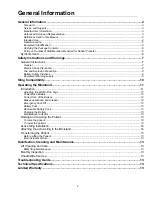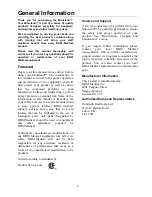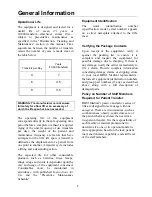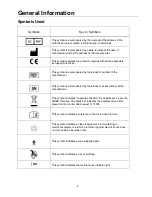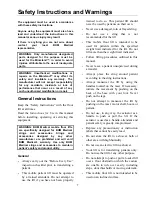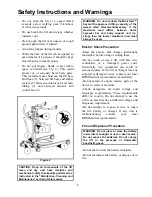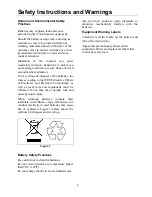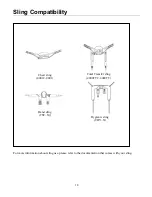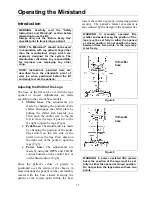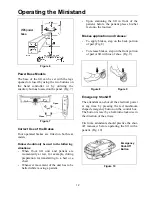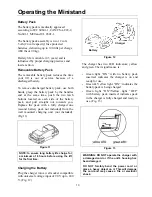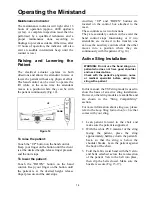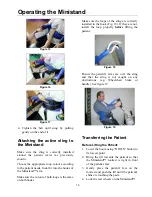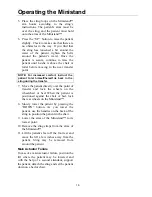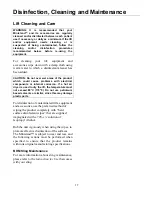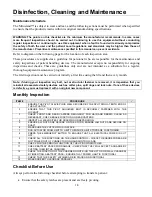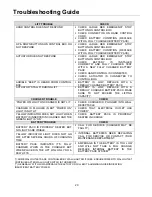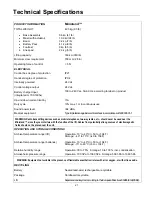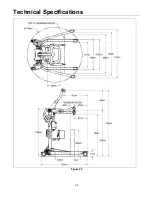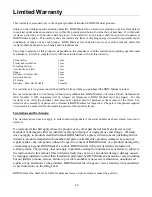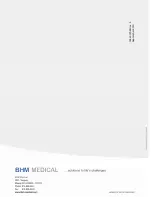
Operating the Ministand
11
Operating the Ministand
Introduction
WARNING: Carefully read the “Safety
Instructions and Warnings” section before
attempting to use the lift.
Always carry out the “Before Every Use”
checklist prior to transferring a patient.
NOTE: The Ministand™ should not be used
in conjunction with any patient slings other
than the manufacturer slings which are
expressly designed for the system. The
manufacturer disclaims any responsibility
for improper use employing any other
sling.
NOTE: Instructions provided here are
described from the attendant’s point of
view (i.e. when positioned behind the lift
and ready to move the patient).
Adjusting the Width of the Legs
The base of the lift can be set with the legs
opened or closed. Adjustments are made
according to the various base models:
Shifter base
: The adjustments are
made by changing the position of the
shifter: Disengage the shifter plate by
pulling the shifter arm towards you.
Then push the shifter arm to the far
left to close the legs or push it to the
far right to open the legs. (Fig.4)
Pedal base:
The adjustments are made
by changing the position of the pedal.
Press down on the left side of the
pedal to close the legs. Press down on
the right side of the pedal to open the
legs (Fig 5).
Power base:
The adjustments are
made by using the OPEN and CLOSE
control buttons on the control box or
on the hand control. (Fig.6)
Since the patient’s centre of gravity is
positioned over the centre of the chassis, in
most situations the patient can be comfortably
moved with the base closed. Keeping the
patient at the lowest point within the base
lowers the centre of gravity, increasing patient
security. The patient’s lateral movement is
also reduced by the design of the spreader bar.
WARNING: In manually operated lifts
(shifter and pedal bases) the position of the
legs must be set fully in either the opened
or closed position. Do not position the legs
between these two points, or the legs may
move freely.
Figure 4
Figure 5
WARNING: In power operated lifts (power
base) the position of the legs must be set
fully in either the opened or closed position.
Do not position the legs between these two
points.
With shifter
base
With pedal
base



